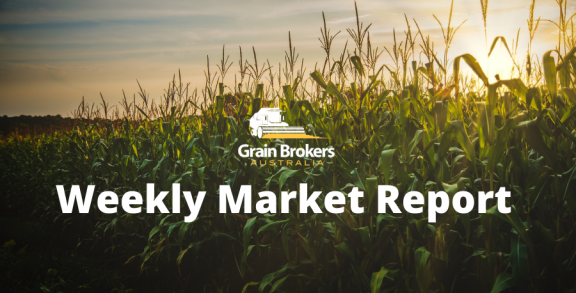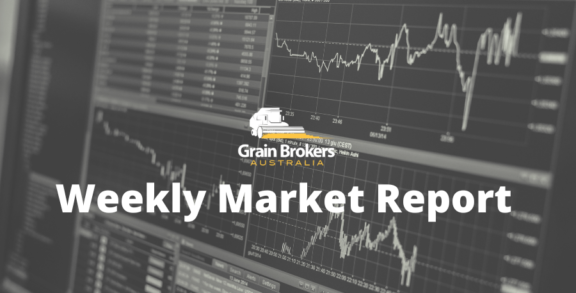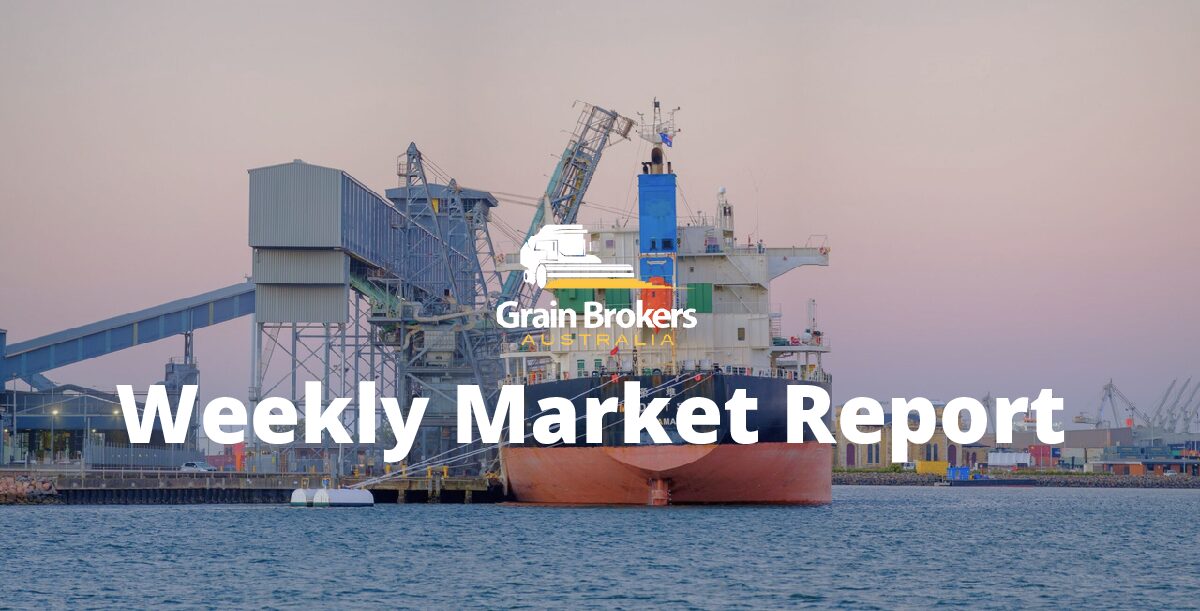
Corn and soybean crops in Brazil are set to eclipse previous production records, assuming the weather remains favourable for the entire growing season and there are no significant changes to the planted area forecasts. This is the view of the National Supply Company (Conab), Brazil’s equivalent of the United States Department of Agriculture, in its latest 2022/23 production forecasts released last week.
Brazil’s total grain production in the 2022/23 season is forecast at 312.4 million metric tonne, an increase of 41.5MMT, or 15.3 per cent, compared to the 270.9MMT harvested last season. With the total area planted to grain crops throughout the year only increasing by 2.9 per cent to 76.6 million hectares, the production forecast suggests a significant improvement in average grain yield. The total farmed area in 2022/23 is forecast at 52.6Mha when the double-cropped areas are counted just once.
Corn and soybeans are the standout performers, with combined production pegged at 279.3MMT, or 89.4 per cent of total grain production. The soybean seeding program is underway, and the final planted area is expected to increase to 42.89Mha, up 3.4 per cent year-on-year. However, production is forecast to increase by a thumping 26.8MMT to 152.35MMT, or 21.3 per cent over 2021/22 production.
A crop of that magnitude would be almost 13MMT more than Brazil’s previous record crop of 139.5MMT harvested in the autumn of 2021. It would also be more than 100MMT bigger than the 2002/03 crop of 52MMT, itself a record at the time. In the space of 20 years, Brazilian soybean production has almost tripled, thanks to a massive expansion in the planted area. In the last decade alone, Brazil’s soybean area has grown from around 25Mha to almost 43Mha this season, an astonishing growth of 71.6 per cent in only ten years.
Farming soybeans has brought immense wealth to Brazil. The export income generated from the oilseed sales accounted for approximately 25 per cent of the country’s agricultural earnings in the past few years. But with the prosperity has come a huge environmental cost.
Studies suggest that over 20 million hectares of Brazil’s forest cover have been lost to soybean cultivation in the last thirty years. Soybean farming has been directly responsible for large-scale deforestation and habitat loss in the Amazon rainforest since the late 1980s. And now, in the pursuit of new acreage, farmers are turning to the Cerrado savanna, a vast tropical grassland in the centre of the country. Known for its native wildlife and vital wetlands, it has already lost over half of its native vegetation this century.
The corn planting program is well advanced in the south of the country. Frequent and widespread rainfall has favoured germination, despite low temperatures that have delayed emergence in some regions. Conab is forecasting a total corn area of 22.41Mha, up 3.8 per cent on the 21.59Mha planted in the 2020/21 campaign.
Brazil has three corn-planting windows. Seeding of the first crop commences in late September and goes through to December. Conab expects the first crop area to be 4.48Mha, down slightly from 4.55Mha last year on the back of higher costs and migration to more profitable summer crops. Some of the first crop areas have also moved to a winter crop cycle, with wheat growing in popularity.
The second crop, or Safrinha, is Brazil’s main corn crop and is planted directly into soybean stubble immediately after harvest. The planting window generally runs from January through March, and Conab has pegged the area at 17.26Mha for 2022/23. The third crop is the smallest of the three and is grown in the northeast of the country, quite close to the equator. It is basically a winter crop, planted in May and June, the same time as wheat in the south, and harvested in October and November. The forecast area for the third crop is the same as last year at 0.66Mha.
Total corn production is projected to be a record 126.94MMT, up 12.5 per cent or 14.13MMT, compared to last season’s production, itself a record despite drought conditions shrinking Safrinha crop output. First and second crop production are up 14.6 per cent and 12.4 per cent to 28.69MMT and 96.28MMT, respectively. Third crop production is expected to be 8.5 per cent lower at 1.97MMT. Like soybeans, the growth in corn production over the last 20 years has been enormous. In the 2002/03 season, Brazil harvested 44.5MMT, just over a third of this season’s forecast.
Conab is not the only forecaster with lofty row-crop expectations for Brazil in 2022/23. The USDA and StoneX have Brazilian soybean production at 149MMT and 153.8MMT, respectively. Their corn numbers are slightly below that of Conab, with the USDA currently on 126MMT and StoneX pegging the crop at 126.3MMT.
Meanwhile, corn and soybean exports remain strong for this time of the year, with corn setting a new record. Corn shipments came in at 6.8MMT, the highest September figure since the customs department began reporting in 1997. While this represented a 9 per cent month-on-month decline, it was almost 140 per cent higher than in the same period in 2021. Spain was the biggest destination, with over 1MMT, followed by Japan and Iran, both over 0.9MMT. Corn shipments currently sit at 24.7MMT this calendar year, almost twice as much as the first nine months of 2021.
September soybean exports reached 4.3MMT, an annual decrease of 11 per cent primarily due to subdued demand from China. Purchases by the Asian powerhouse were down from 3.5MMT in September 2021 to 2.7MMT last month. The lower Chinese demand was partially offset by increased purchases from Iran, Turkey, Spain and the United Kingdom. Calendar year exports to the end of September sit at 70.8MMT, down 6.8MMT on the same period in 2021, with China accounting for 6.1MMT, or almost 90 per cent of the volume decline.
With numerous production issues worldwide, global consumers have some big bets riding on a successful summer crop campaign in Brazil. While the soybean balance sheet is building stock slightly based on Brazil’s record crop projection, the same can’t be said for corn. Despite the optimistic production outlook for Brazilian corn, 2022/23 corn ending stocks are actually lower than opening stocks.
With drought conditions in Argentina, and parts of the United States, a production disaster in parts of Europe and doubts over the future of the Ukraine export corridor, all eyes will be on the midweek release of USDA’s latest World Agricultural Supply and Demand Estimates. Relying on record crops in just one jurisdiction with a strong La Niña in play is fraught with danger. With average production much lower and almost the entire growing season ahead of us, the odds are stacked strongly in favour of the house.
Call your local Grain Brokers Australia representative on 1300 946 544 to discuss your grain marketing needs.





